Water Temperature: 57 degrees Fahrenheit
Depth: 79 feet
A foggy day on DBO 2
Today we traveled eastward along our third transect line, called DBO 2. There are 6 DBO lines in Alaska. These are places scientists revisit year after to track how the ocean and organisms are changing.
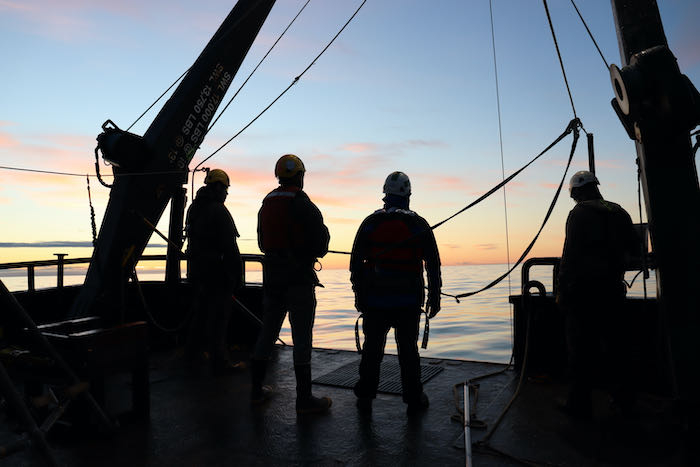
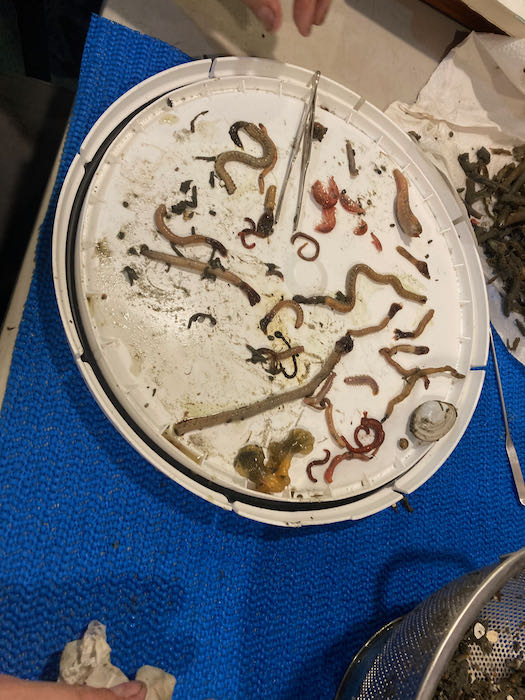

The Robot on Board…
…is the Imaging Flow CytoBot (IFCB). It probably won’t take over the ship. Every 20 minutes, the IFCB sips 5 mL of seawater (about one teaspoon) from a pump that draws water from beneath the Norseman II. The seawater then flows past a laser in a very narrow stream. PlanktonPlankton are small or microscopic organisms that float or drift in fresh or salt water, especially at or near the surface, and serve as food for fish and other larger organisms. and other objects in the water pass by the laser beam, triggering a camera to take a picture. The result is a photograph of every particle in the water. These photos are then sorted by size and shape so we can identify the different organisms easily.
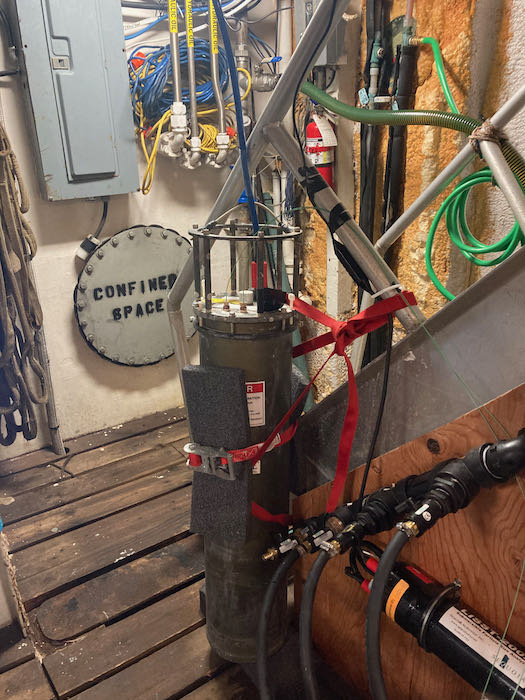
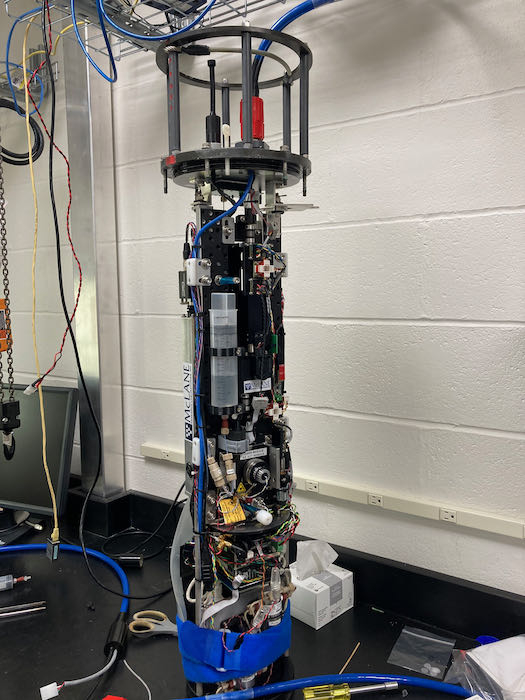
The IFCB is a great tool because it keeps a record of what plankton are at the water’s surface everywhere the ship goes. Evie and other scientists can check the photos throughout the day to know what plankton are out there in real time. If they spot something interesting, they can investigate it further. For example, yesterday Evie noticed that the IFCB had taken pictures of a bunch of Alexandrium in one of the samples. Because of that information, we were able to take more water and plankton samples than originally planned in order to investigate why there were more Alexandrium in the area.
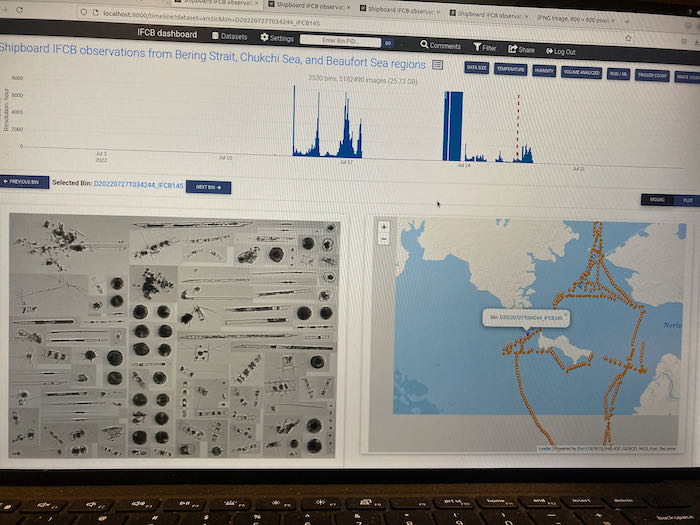


Comments